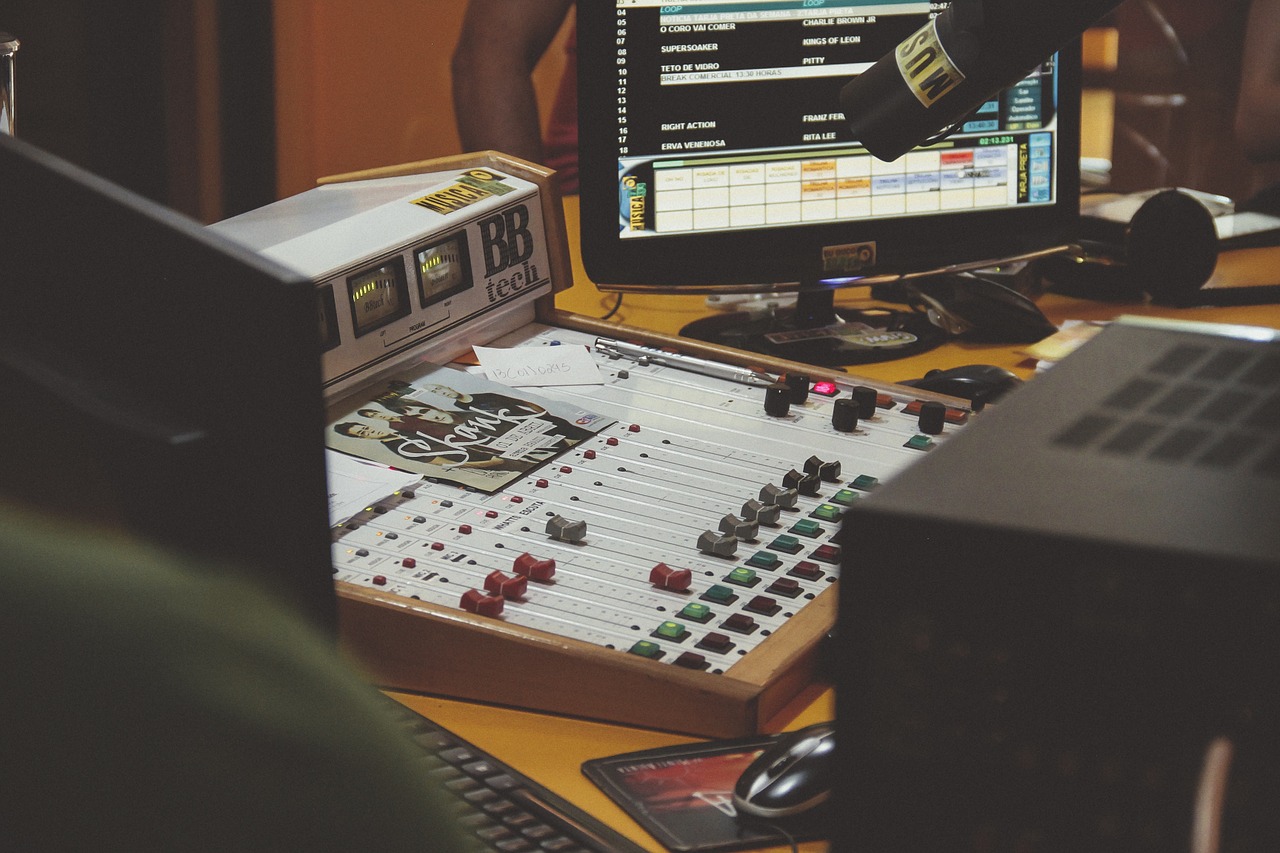Audio mixing can start off with good intentions but end up without much accomplished. Sometimes you have a goal in mind and start out with your panning and doing levels and then you decide to try out some distortion effects that you read up on the day before. The next thing you know, you have gotten nowhere, potentially moved backwards in your goal achievement.
Mixing without a “map” can lead to a rabbit hole of time-wasting. Instead of wasting away your day (or night or weekend), try to follow the tips below.
- Balance your volume. Your tracks cannot be at the same volume, so balancing the volume is a must and should be considered an essential starting point for mixing your audio the right way. Plus, a clear balance of volume is half the battle of mixing and can help the next few aspects go more smoothly.
- Rebalancing throughout your process. We wish balancing the faders could be a one-and-done thing, but you’ll have to rebalance as you EQ or add compression. We highly recommend balancing within the first 15 minutes of starting so you can start the rest of your mixing on the right foot.
- Now, focus on panning out. Each of your tracks can’t fight for the spotlight, so you’ll need to pan out and establish the stereo spectrum you desire for your track. One way to keep from tipping the equilibrium too far to the left or right is to keep your tracks in mono and then pan. Sure, sounds wonky but trust us—you’ll discover that it is actually easier to separate your instruments when not listening to the panning in stereo.
- EQ right after leveling and panning—always. EQ helps to remove unwanted or overburdened frequencies, allowing clearer sound to be produced. When facing an EQ conundrum, remember:
- Filter & Shelve: When you don’t want drastic filtering but need to eliminate highs and lows, using filters and shelving cuts together can create ideal results.
- Low-Pass Filters & Resonate Boost: Great for guitar sounds. Filters the highs down a bit into the high-mids and then give a bit of a boost right when the cut-off frequency hits. It really makes a punch.
- Minimal Boosts: If you are just cutting a bunch and raising the volume, then you are just boosting the frequencies remaining.
- Buss EQ First: If you want all your instruments in a mix together, then group them into busses and then EQ them.
- EQ The Effects: Add an EQ to reverbs and effect channels to avoid a muddy sound.
- Organize Your EQ’ing: Divide all of your instruments into a frequency spectrum and then start to EQ them.
